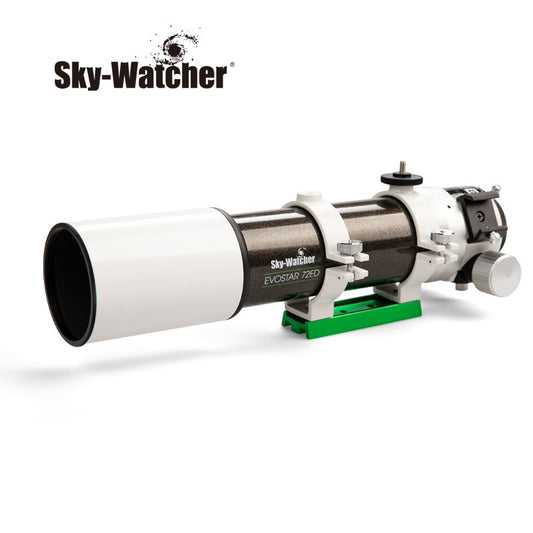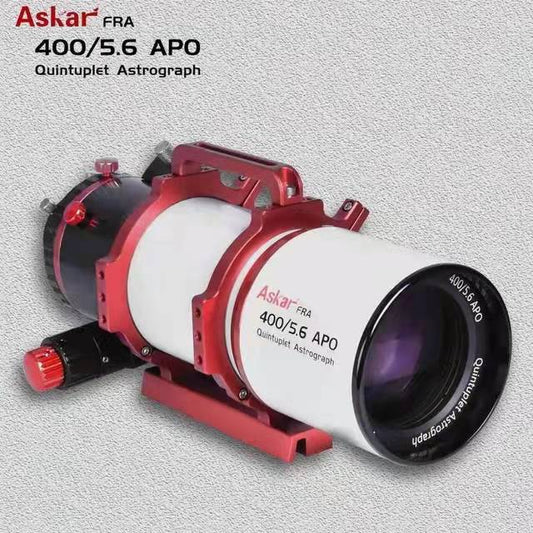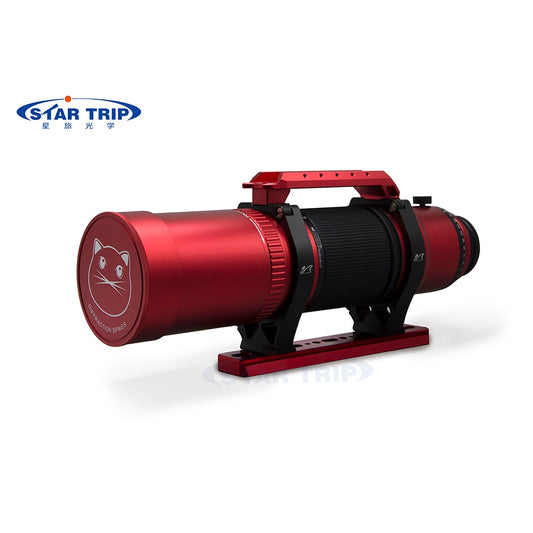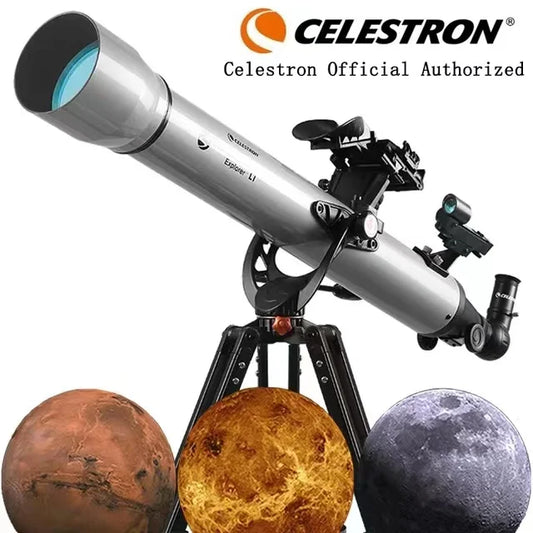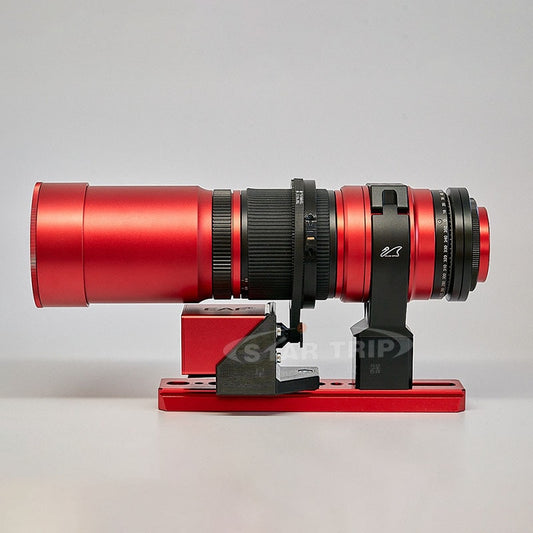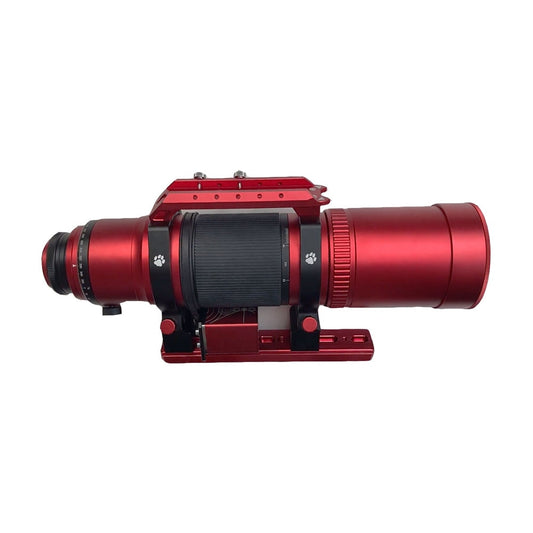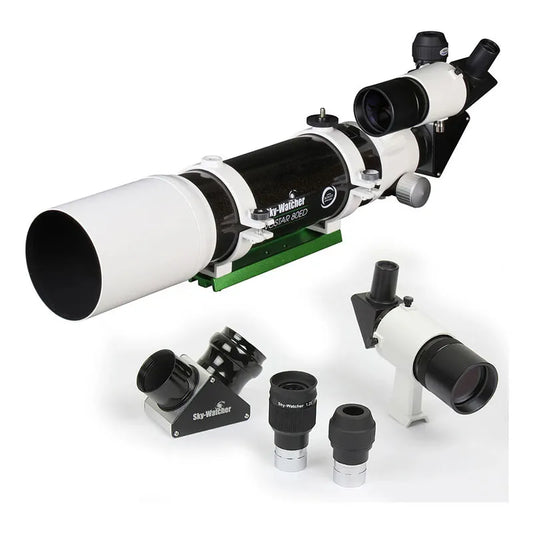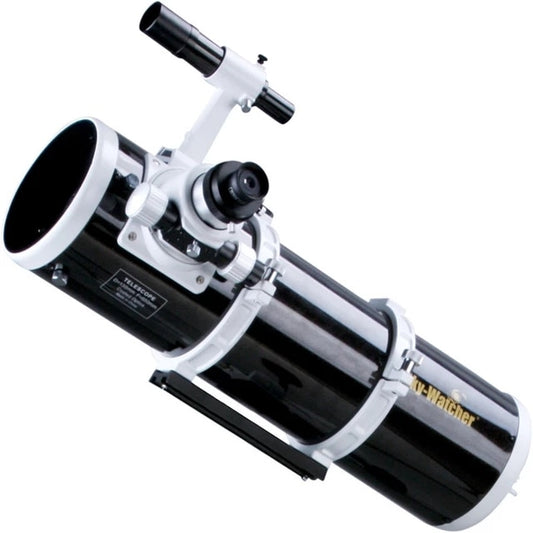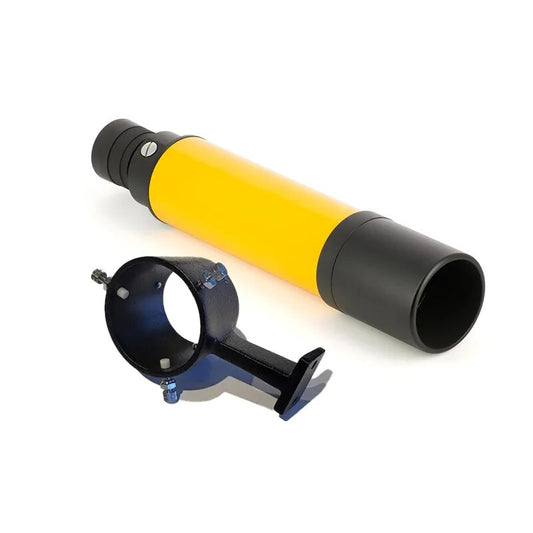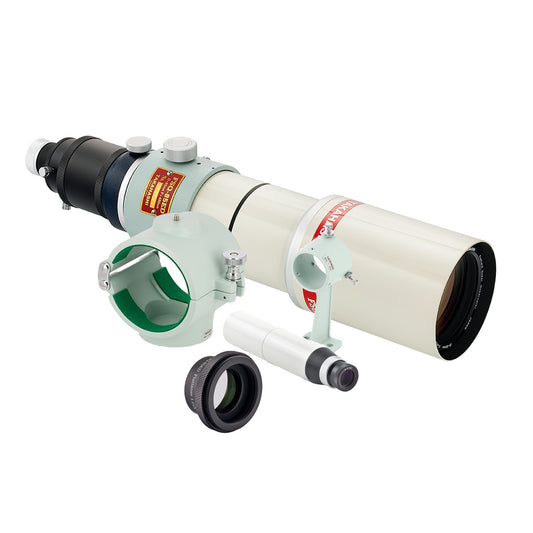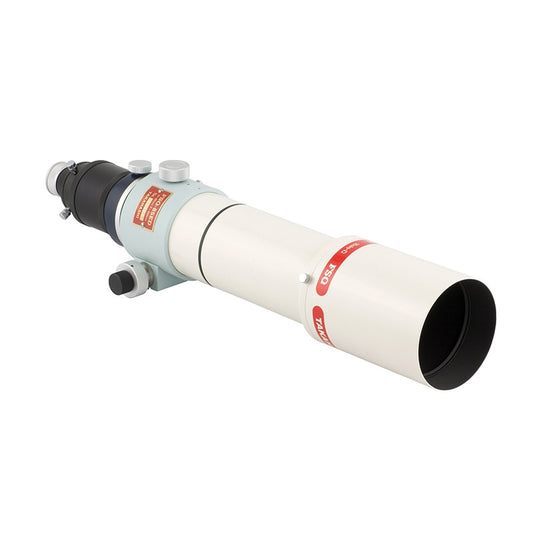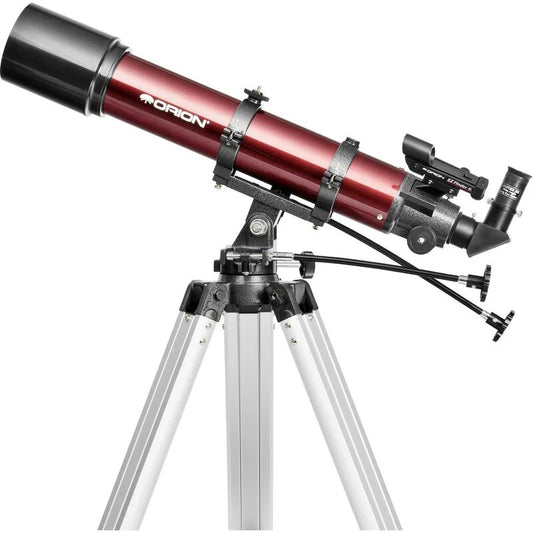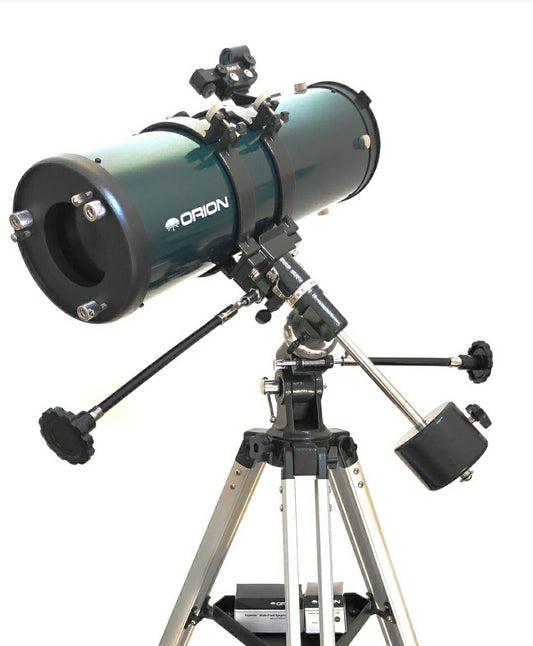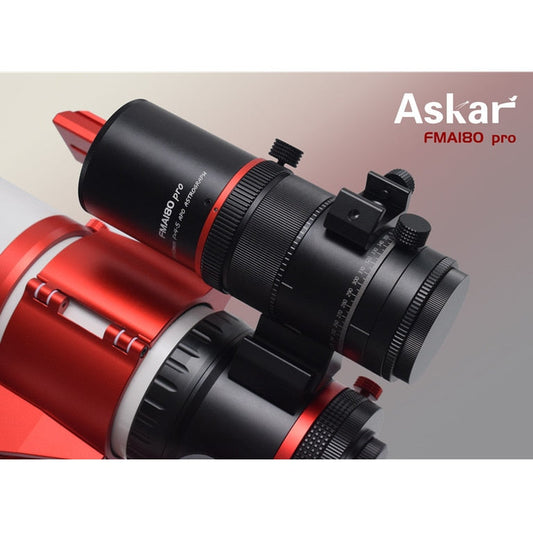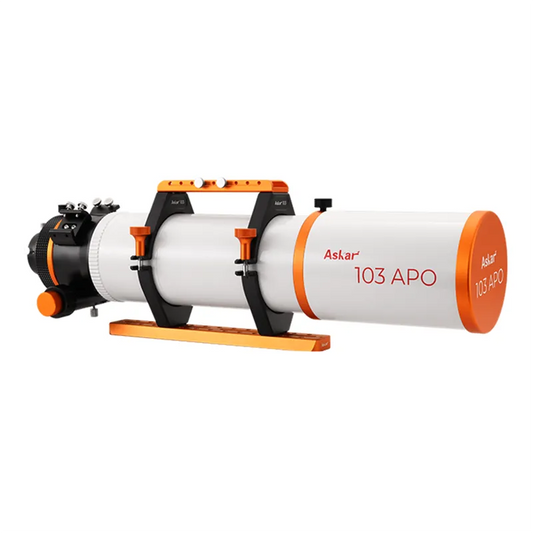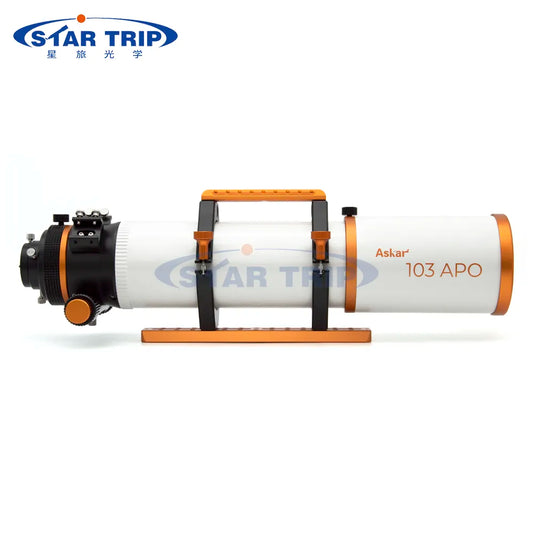Discovering the Advantages and Capabilities of Catadioptric Telescopes in Astronomy
Introduction: When it comes to astronomy, telescopes are essential tools for observing celestial objects and exploring the wonders of the universe. One type of telescope that has gained popularity in recent years is the catadioptric telescope. In this article, we will explore what a catadioptric telescope is, how it works, and why it has become a popular choice among astronomers.
What is a catadioptric telescope?
A catadioptric telescope is a type of telescope that uses a combination of mirrors and lenses to form an image of an object. This type of telescope is also known as a compound telescope or a hybrid telescope.Design of a catadioptric telescope
The design of a catadioptric telescope typically includes a primary mirror, a secondary mirror, and a corrector plate. The corrector plate is a lens that corrects for the spherical aberration of the primary mirror, while the secondary mirror reflects the light back through a hole in the primary mirror.Advantages of a catadioptric telescope
Catadioptric telescopes have several advantages over other types of telescopes. They are compact and portable, making them ideal for observing on the go. They also have a wide field of view and can produce sharp, clear images.Types of catadioptric telescopes
There are several types of catadioptric telescopes, including the Schmidt-Cassegrain telescope, the Maksutov-Cassegrain telescope, and the Ritchey-Chretien telescope. Each type has its own unique advantages and disadvantages.Schmidt-Cassegrain telescope
The Schmidt-Cassegrain telescope is one of the most popular types of catadioptric telescopes. It uses a spherical primary mirror and a corrector plate to produce a wide field of view and a compact design.Maksutov-Cassegrain telescope
The Maksutov-Cassegrain telescope uses a spherical primary mirror and a meniscus corrector plate to produce a sharper image than the Schmidt-Cassegrain telescope. However, it has a narrower field of view.Ritchey-Chretien telescope
The Ritchey-Chretien telescope is a high-end catadioptric telescope that uses hyperbolic primary and secondary mirrors to produce a wide field of view and a sharp, clear image. It is often used in professional observatories and for astrophotography.Applications of catadioptric telescopes
Catadioptric telescopes are used for a variety of applications in astronomy, including visual observation of celestial objects, astrophotography, and scientific research.Maintenance and care of catadioptric telescopes
Proper maintenance and care of a catadioptric telescope is essential for keeping it in good working condition. This includes cleaning the optics, aligning the mirrors, and storing the telescope in a safe and dry location.Comparison with other telescope types
Comparing catadioptric telescopes with other types of telescopes, such as refracting and reflecting telescopes, can provide insights into the strengths and weaknesses of each type.Limitations of catadioptric telescopes
While catadioptric telescopes have many advantages, they also have some limitations. For example, they can be more expensive than other types of telescopes, and they may not be suitable for all observing conditions.Choosing the right catadioptric telescope
Choosing the right catadioptric telescope can be challenging, as there are many different types and models available. Factors to consider include the intended use, observing conditions, and personal preferences.Accessories for catadioptric telescopes
There are several accessories available for catadioptric telescopes, including eyepieces, filters, and mounts. These accessories can enhance the observing experience and provide additional capabilities for astrophotography and scientific research.Future developments in catadioptric telescope technology
As technology continues to advance, we can expect to see further developments in catadioptric telescope technology. This may include improvements in optics, materials, and computerized tracking systems.Common misconceptions about catadioptric telescopes
There are several common misconceptions about catadioptric telescopes, such as that they are too complex for beginners or that they are only suitable for astrophotography. Addressing these misconceptions can help more people appreciate the capabilities and advantages of catadioptric telescopes.Conclusion and final thoughts
Catadioptric telescopes are a popular choice among astronomers for their compact design, wide field of view, and sharp, clear images. With their various types and applications, catadioptric telescopes provide a versatile tool for exploring the wonders of the universe. Proper maintenance and care of these telescopes can ensure their longevity and effectiveness in astronomy.
More Telescope Topics:
- Who Invented The Telescope?
- Why are Telescopes Important?
- When was The Telescope Invented?
- Why are Refractor Telescopes Popular?
- Best Deep Sky Objects by Month
- Best Telescope for Viewing Planets and Galaxies
- Best Telescope to See Planets and Galaxies
- Best Telescope Eyepiece for Viewing Planets
- Reflector Vs Refractor Telescope
- William Optics Redcat 51
- Takahashi Telescopes
- Brightest Objects in the Night Sky
- What Does a Focal Reducer Do on a Telescope
- Ax Telescope Mount
- Types of Telescopes
- Telescope Mounts Explained
- Telescope Aperture
- How Does a Telescope Work
- Are There Telescopes for Smartphone Camera
- How Much Does a Telescope Cost
- Best Telescopes Under $1000
- What Makes a Good Telescope
- What Does a Focal Reducer Do
- Stellarium
- Bahtinov Mask
- Qhyccd Polemaster Review
More Space Telescopes:
- Hubble Telescope
- Edwin Hubble
- Hubble Deep Field
- James Webb Telescope - The Future of Space Exploration
- James Webb Telescope vs Hubble
- Hubble Palette



